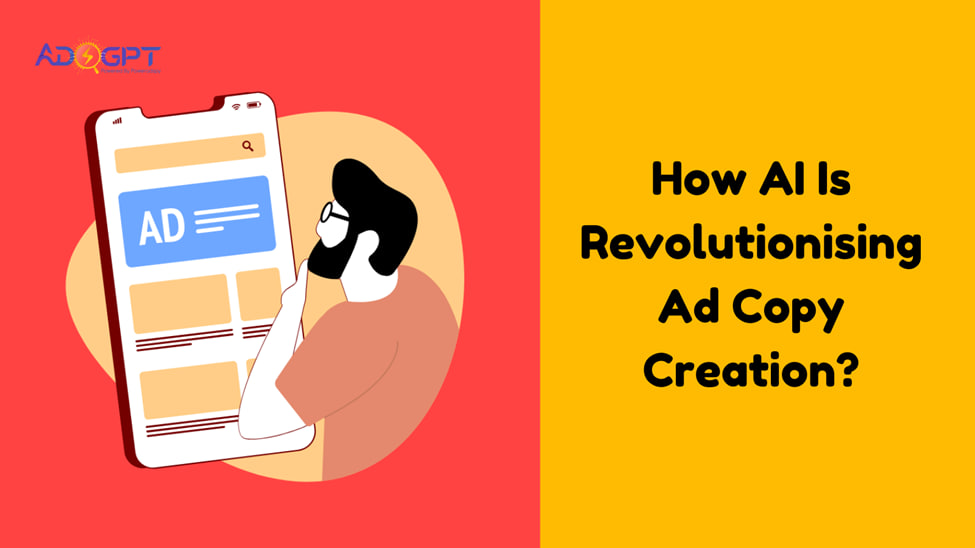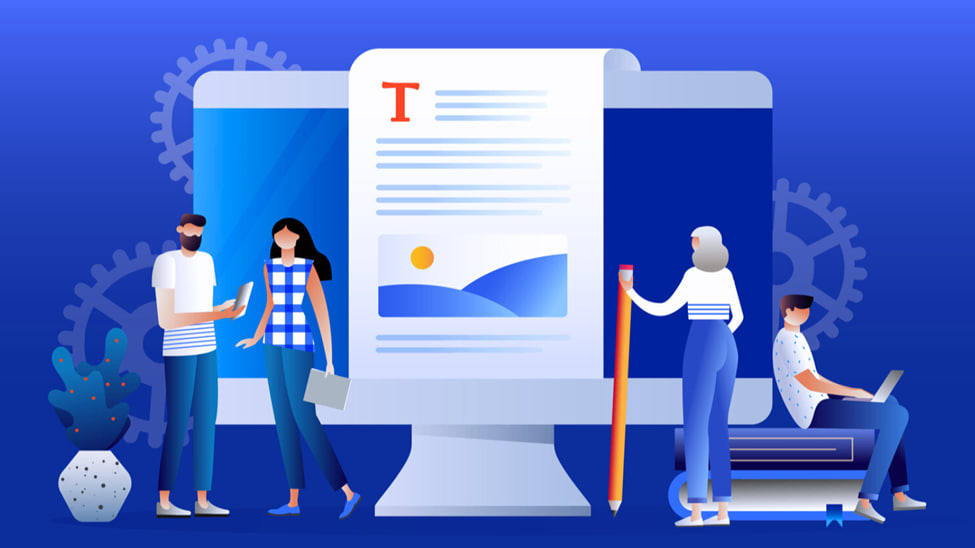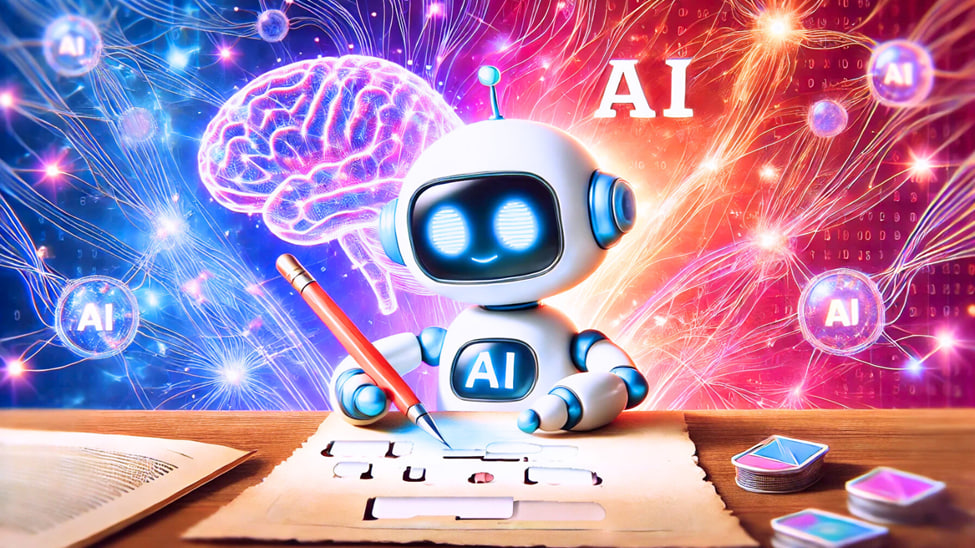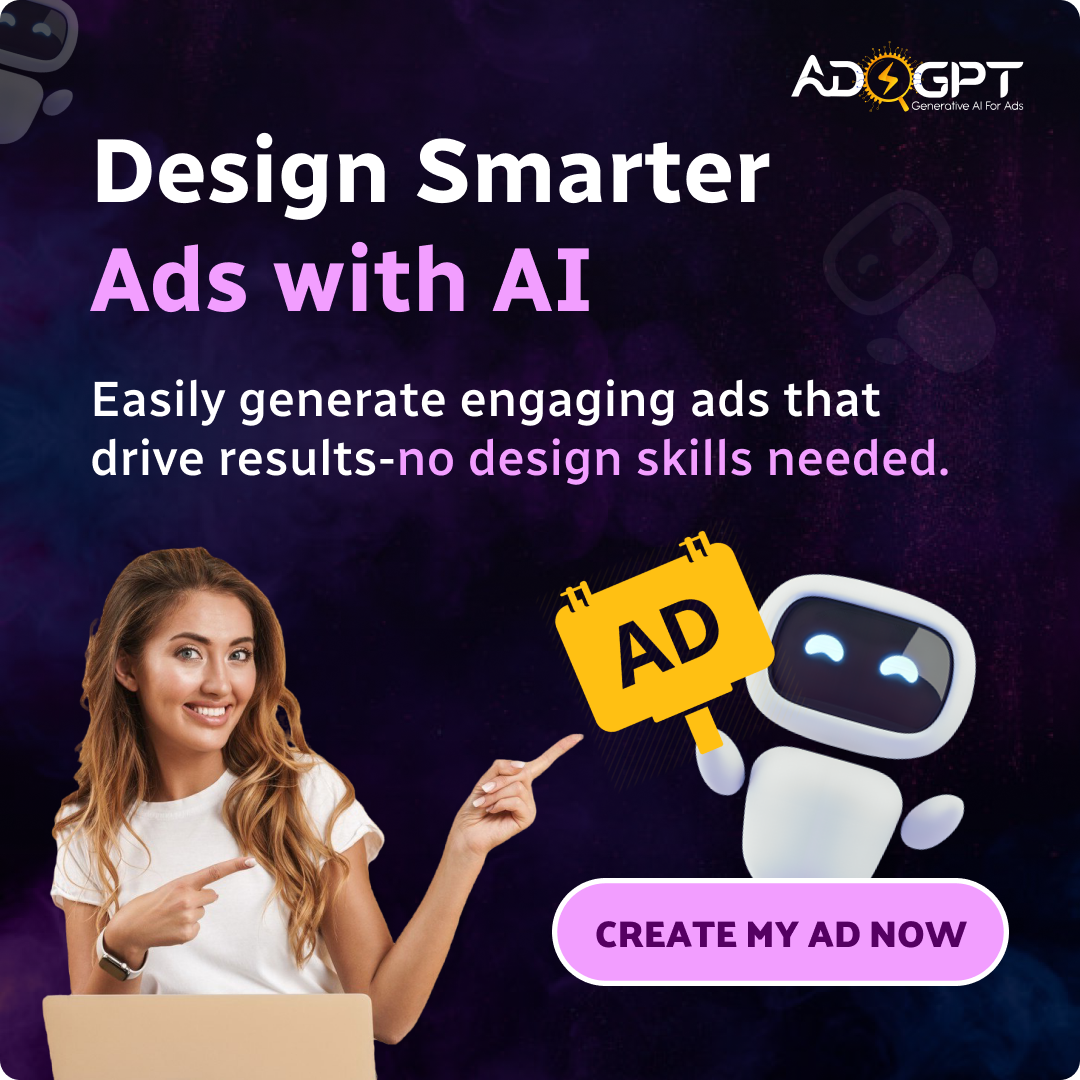
AI is transforming ad copy creation by enabling marketers to generate high-quality, trend-aligned, and high-performing ads. Leveraging machine learning algorithms, AI analyzes vast data sets on consumer behavior, engagement trends, and market preferences, helping create tailored ad copy that resonates with target audiences.
Through automation, AI quickly drafts variations, refines messaging, and identifies high-converting phrases, making ad copy creation faster and more effective. This allows brands to stay relevant and impactful while reducing the time spent on crafting ads manually, ultimately driving better campaign results with precision and scalability.
Why Use AI For Ad Copy Creation?

AI-powered ad copy creation is rapidly becoming essential for marketers looking to create impactful, personalized, and efficient advertising campaigns. AI brings several advantages to the table, helping brands resonate more deeply with their target audiences and improving the overall effectiveness of their ad campaigns.
Here’s a closer look at why marketers should leverage AI for ad copy creation:
Personalization
One of the standout benefits of AI in ad copy creation is its ability to personalize content at scale. AI-driven tools analyze extensive user data, including browsing habits, purchase history, demographics, and interests, to tailor ad copy specifically for different audience segments.
This level of personalization ensures that each piece of ad content is relevant to its viewer, enhancing engagement and driving better results.
For instance, an ad for a fitness product can be customized differently for young professionals, athletes, and seniors, focusing on unique benefits that appeal to each group. By making ad copy feel more relatable and targeted, AI boosts both click-through and conversion rates.
Efficiency
Traditional ad copywriting is often a time-consuming process that requires extensive brainstorming, drafting, editing, and testing. AI simplifies this by automating many of these steps. With AI tools, marketers can generate multiple variations of ad copy in a fraction of the time it would take manually, allowing them to iterate and experiment quickly.
This streamlined process not only saves time and labor but also enables teams to focus on strategic decision-making rather than repetitive tasks. AI can also recommend the most effective formats and wording based on previous successful campaigns, further increasing the efficiency of ad creation.
For brands running large, multi-channel campaigns, AI can handle repetitive work, letting marketing teams focus on higher-level strategic efforts.
Optimization
AI algorithms continuously learn and improve based on performance data, making them invaluable for optimizing ad copy. When AI tools are employed, they can measure and analyze key performance indicators (KPIs) such as click-through rates, conversion rates, and engagement levels to identify what works best.
Based on this analysis, AI tools can make adjustments to the ad copy in real time, continually refining and improving messaging for better performance.
With AI, ad copy becomes a living element of campaigns, adapting to audience response rather than remaining static, and allowing marketers to maintain high-performance standards over time. This adaptive capability is particularly useful for long-running campaigns or ads that need constant adjustment based on consumer response.
Scalability
Creating personalized and optimized ad copy for hundreds or thousands of unique ads or audience segments is daunting if done manually. However, AI makes this scalability achievable.
By handling high volumes of data and generating ad copy variations, AI enables brands to create and manage large-scale ad campaigns without compromising quality. This is especially beneficial for companies with a global reach, where each region or demographic might require a unique approach.
With AI, marketers can produce and manage extensive ad inventories that are personalized and optimized for each segment, expanding their reach while maintaining consistency and quality in messaging.
Also Read
How To Boost Productivity With AI Copywriting Assistant?
How to Utilize an Ad Copy Generator for Successful Campaigns?
Key Components Of AI Based Ad Copywriting

As we all know, AI-based ad copywriting is transforming how marketers approach ad copy creation, making it more data-driven, personalized, and effective. Essentially, there are three key components of AI ad copywriting that make it such a valuable tool:
Here are the key components that make AI-based ad copywriting so powerful:
Machine Learning
Machine learning is fundamental to AI ad copywriting, as it enables the technology to learn from vast amounts of data. By analyzing customer behavior, engagement patterns, and historical ad performance, machine learning identifies trends and suggests effective ad copy that aligns with current preferences. This helps marketers streamline the ad copy creation process with data-backed recommendations that are likely to capture attention and engage audiences effectively.
Natural Language Processing (NLP)
NLP is a powerful feature that allows AI to read and interpret human language, understanding context, tone, and even emotional cues. This enables AI to generate ad copy that resonates on a personal level with target audiences, mirroring the brand’s voice and aligning with the consumer’s expectations. NLP helps ensure that AI-driven ad copywriting isn’t just automated but also natural, making the content feel engaging, relevant, and tailored to the audience.
Market Trend Analysis
AI-based ad copywriting tools can dive into market trends and review the performance of past campaigns, providing insights that help refine ad copy for better results. By understanding which elements have historically driven engagement and conversion, AI can make real-time adjustments to ad copy, ensuring it remains relevant and impactful. This continuous optimization keeps the ad copy aligned with both current trends and the brand’s specific audience needs.
AI Ad Copy Creation Vs Human Ad Copy Creation

With AI, marketers have undeniably elevated their ad copy creation to new heights, enabling rapid, data-driven content generation that’s faster and more efficient. However, human creativity is also evolving, matching technology in its quest for standout ad creation. The best results emerge when human creativity and AI-driven precision collaborate, producing exceptional ad performances that combine the strengths of each.
Here’s a closer look at how human and AI Ad writers complement each other:
Speed: AI excels at generating ad copy instantly, churning out options within seconds, whereas human writers require more time for brainstorming and refining their ideas.
Creativity: Humans bring a unique edge in creativity, drawing from personal experiences, storytelling, and emotional depth. AI, on the other hand, builds on pre-existing data and patterns, creating content that aligns with known trends but lacks an innate creative touch.
Consistency: AI ensures a consistent tone and style across multiple ads, ideal for brands needing cohesive messaging at scale. Human writers, however, may struggle to maintain the exact same tone over extended projects, adding subtle variations that can shift the brand’s voice.
Adaptability: Human writers adapt swiftly to new trends, tones, and cultural shifts, while AI systems often require reprogramming to align with changing trends and nuances, making human adaptability a valuable asset.
Cost: In large-scale campaigns, AI can be a more cost-effective solution, reducing the need for extensive human input without compromising volume. For smaller, highly nuanced campaigns, human insight may still provide irreplaceable value.
If we pair AI’s efficiency and data accuracy with human creativity and flexibility, It can help the brands maximize their ad copy potential, delivering compelling, relevant, and high-performing ads across various platforms.
Future Of AI Ad Copy Creation

The future of AI in ad copy creation is incredibly promising, with new ad copywriting services emerging that integrate advanced technologies to revolutionize ad development. Here’s a look at what these innovations offer:
Predictive Analysis for Trend Forecasting: Many AI ad copywriting tools now use predictive analysis to anticipate market trends, helping marketers develop ad creatives that are both timely and effective. For example, AdsGPT, an AI-based ad copy creation service, leverages predictive insights to suggest powerful ad copy variations in just a few clicks, saving time and enhancing ad impact.
Creativity Enhancement: AI algorithms today are designed not only to automate ad creation but also to inspire creativity. These tools help generate content that resonates with diverse audiences, offering fresh ideas that spark engagement.
Automation for Mundane Tasks: AI handles repetitive tasks, allowing marketers to skip manual processes and focus on strategy and creativity. This automation means that even complex ad campaigns can be executed efficiently, without extensive human input.
Real-Time Ad Analytics: Modern AI ad tools provide real-time analytics, enabling marketers to monitor past campaign performance and quickly adjust strategies. This feature is invaluable for refining ad copy, targeting, and marketing tactics based on what resonates best with audiences.
How AdsGPT Can Help You Fine-Tune Your Advertising?
AdsGPT is packed with features that empower marketers to optimize and sharpen their advertising strategies with precision. Here’s how it can elevate your ad campaigns:
Multi-Platform Coverage: AdsGPT provides seamless access to extensive ad data from major platforms such as Facebook, Google, YouTube, and Instagram. This multi-platform reach enables you to analyze ad performance across key networks, allowing for a comprehensive understanding of what works on each channel.
Ad Popularity Index: With AdsGPT’s Ad Popularity Index, you can gauge which ad formats, styles, and content themes resonate most with audiences. By identifying top-performing ads across platforms, AdsGPT helps you create campaigns that align with current trends and audience preferences, increasing the chances of engagement and success.
Chat Activity Tracker: AdsGPT features an interactive chat activity tracker that lets you monitor user engagement and interactions within chat-based ads. This tool provides valuable insights into user behavior, helping you refine your messaging and engagement strategy to make the most of conversational marketing.
Single-Ad Analytics View: For streamlined analysis, AdsGPT offers a single-ad analytics view, displaying all essential metrics for each ad in one place. This unified view simplifies performance tracking and allows for quick adjustments based on key metrics like CTR, conversions, and engagement rates.
Wrapping Words
Ad copy generator tools are revolutionizing the way advertisers craft and optimize campaigns. With the ability to analyze data across multiple platforms, track ad popularity, monitor chat engagement, and measure real-time performance, marketers can make informed decisions quickly and accurately.
These tools allow brands to stay ahead of trends, create more personalized ad experiences, and continuously refine strategies for maximum impact. As AI continues to evolve, it becomes an indispensable resource, driving smarter, more effective advertising that engages audiences and delivers measurable results. Embracing AI is the key to achieving sustained growth and staying competitive in an ever-changing market.




